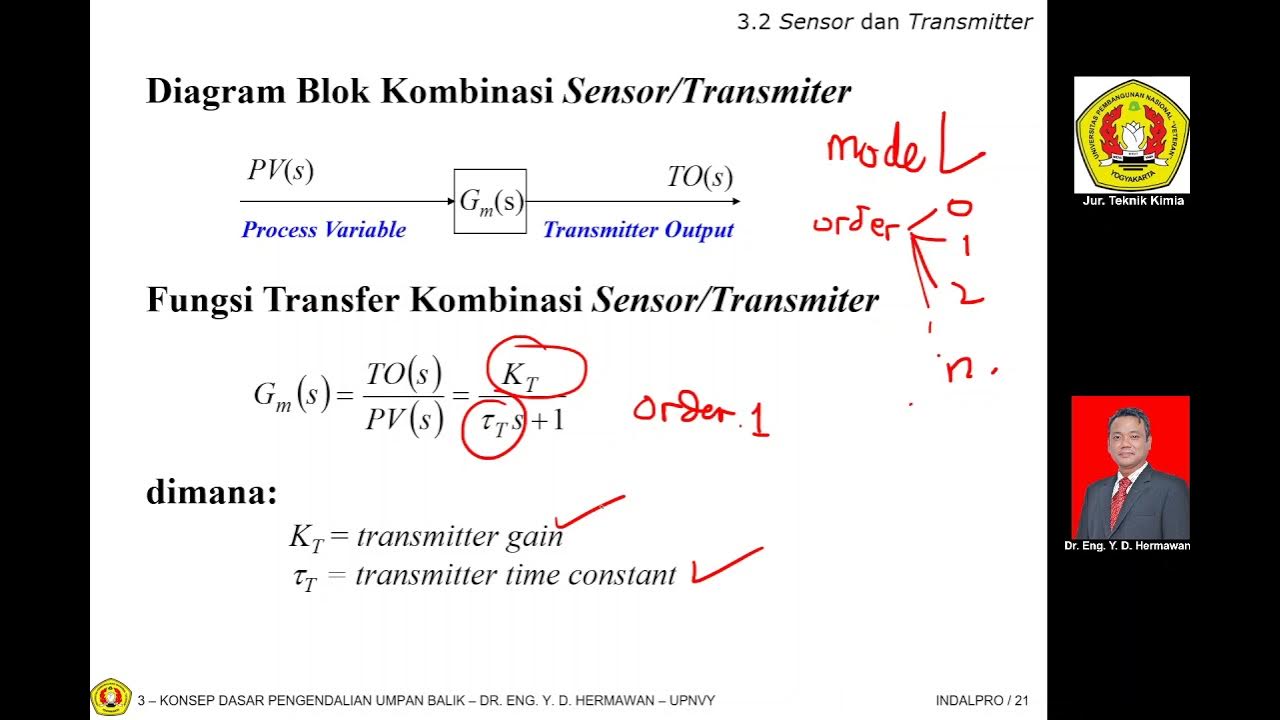Linearity and nonlinear theories. Schrödinger's equation
Summary
TLDRIn this lecture, the professor contrasts linear and nonlinear theories, highlighting their implications in physics. While linear theories, such as Maxwell's equations, offer simplicity, classical mechanics proves nonlinear and complex, especially in multi-body problems. Transitioning to quantum mechanics, Schrodinger's equation is presented as a linear framework that allows for the superposition of solutions, illustrating its elegance compared to classical mechanics. The professor emphasizes the importance of complex numbers in quantum mechanics, linking mathematical concepts to the physical interpretation of wave functions and probabilities, paving the way for deeper understanding in quantum theory.
Takeaways
- 😀 Linear theories, like Maxwell's equations, are simpler than nonlinear theories, such as Einstein's theory of relativity.
- 🤔 Classical mechanics is often perceived as linear, but it is actually nonlinear due to its complexities, such as the three-body problem.
- ⚖️ In one-dimensional motion, the equation of motion involves a potential function V(x) that can be complex.
- 📉 The equation F = ma is linear in terms of force, but the potential can introduce nonlinearity.
- 📐 The derivative of a potential function is a linear operation, but the resulting equations can still be nonlinear.
- 🔍 Quantum mechanics, particularly the Schrödinger equation, is fundamentally linear, allowing for superposition of solutions.
- 🧪 The Schrödinger equation describes the dynamics of a quantum system through its wave function, which evolves over time.
- 📏 The equation for the wave function includes a linear operator called the Hamiltonian, making quantum mechanics simpler to analyze.
- ✨ The linearity of quantum mechanics enables elegant and coherent mathematical formulations compared to classical mechanics.
- 🔢 Complex numbers, including the imaginary unit 'i', play a crucial role in quantum mechanics, which will be discussed further in the lecture.
Q & A
What is the main difference between linear and nonlinear theories as discussed in the transcript?
-Linear theories, such as Maxwell's equations, are simpler and allow for superposition of solutions, while nonlinear theories, like Einstein's theory of relativity and classical mechanics, are more complicated and do not permit straightforward combinations of solutions.
Why is classical mechanics considered nonlinear despite its reputation for simplicity?
-Classical mechanics is nonlinear because, although Newton could solve the two-body problem, he could not solve the three-body problem, highlighting the complexity that arises with multiple interacting bodies.
What equation represents motion in one dimension, and how is it structured?
-The equation for motion in one dimension involves Newton's second law, expressed as F = ma, where the force is the mass times the acceleration, and the acceleration is the second derivative of position with respect to time.
What is the significance of the derivative of a potential in classical mechanics?
-The derivative of a potential indicates the force acting on a particle, and while taking derivatives is a linear operation, the potential itself can be nonlinear, complicating the dynamics.
What is Schrodinger's equation, and why is it important in quantum mechanics?
-Schrodinger's equation, introduced in 1925, describes how the wave function of a quantum system evolves over time. It is important because it encapsulates the linear nature of quantum mechanics, allowing for the superposition of solutions.
What are the components of Schrodinger's equation?
-Schrodinger's equation consists of a time derivative of the wave function and a linear operator known as the Hamiltonian, represented as iħ(∂/∂t)ψ = Ĥψ.
How does the linearity of the Schrodinger equation benefit quantum mechanics?
-The linearity of the Schrodinger equation allows for the combination of solutions, enabling the creation of new valid solutions through superposition, which is a fundamental principle in quantum mechanics.
What role does Planck's constant (ħ) play in quantum mechanics?
-Planck's constant (ħ) is a fundamental quantity in quantum mechanics that relates the energy of a photon to its frequency and is essential in formulating the wave function and the Hamiltonian in quantum systems.
What does the wave function represent in quantum mechanics?
-The wave function represents the state of a quantum system and contains all the information about the system's properties, such as position and momentum, though its physical interpretation initially posed challenges.
Why did Schrodinger express uncertainty about the interpretation of the wave function?
-Schrodinger initially found no obvious physical interpretation for the wave function, which led to confusion until Max Born suggested its connection to probabilities, establishing a foundational concept in quantum mechanics.
Outlines

Cette section est réservée aux utilisateurs payants. Améliorez votre compte pour accéder à cette section.
Améliorer maintenantMindmap

Cette section est réservée aux utilisateurs payants. Améliorez votre compte pour accéder à cette section.
Améliorer maintenantKeywords

Cette section est réservée aux utilisateurs payants. Améliorez votre compte pour accéder à cette section.
Améliorer maintenantHighlights

Cette section est réservée aux utilisateurs payants. Améliorez votre compte pour accéder à cette section.
Améliorer maintenantTranscripts

Cette section est réservée aux utilisateurs payants. Améliorez votre compte pour accéder à cette section.
Améliorer maintenant5.0 / 5 (0 votes)






